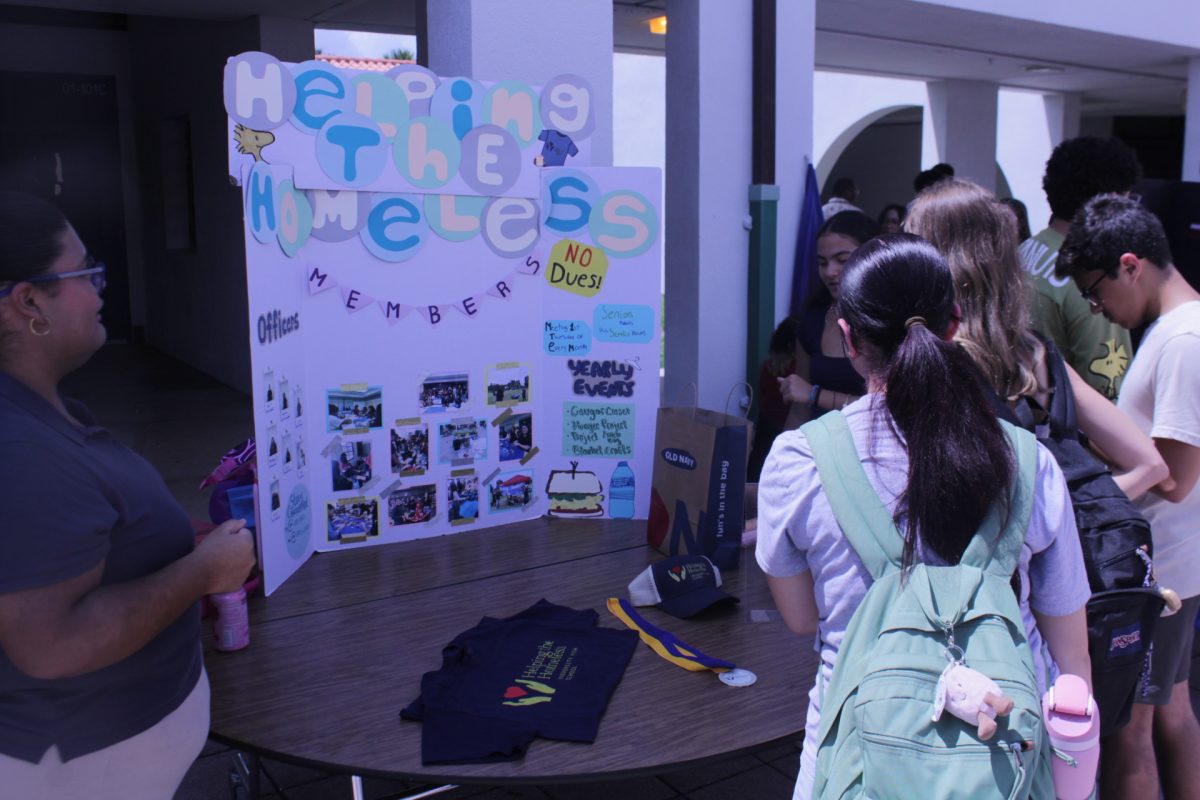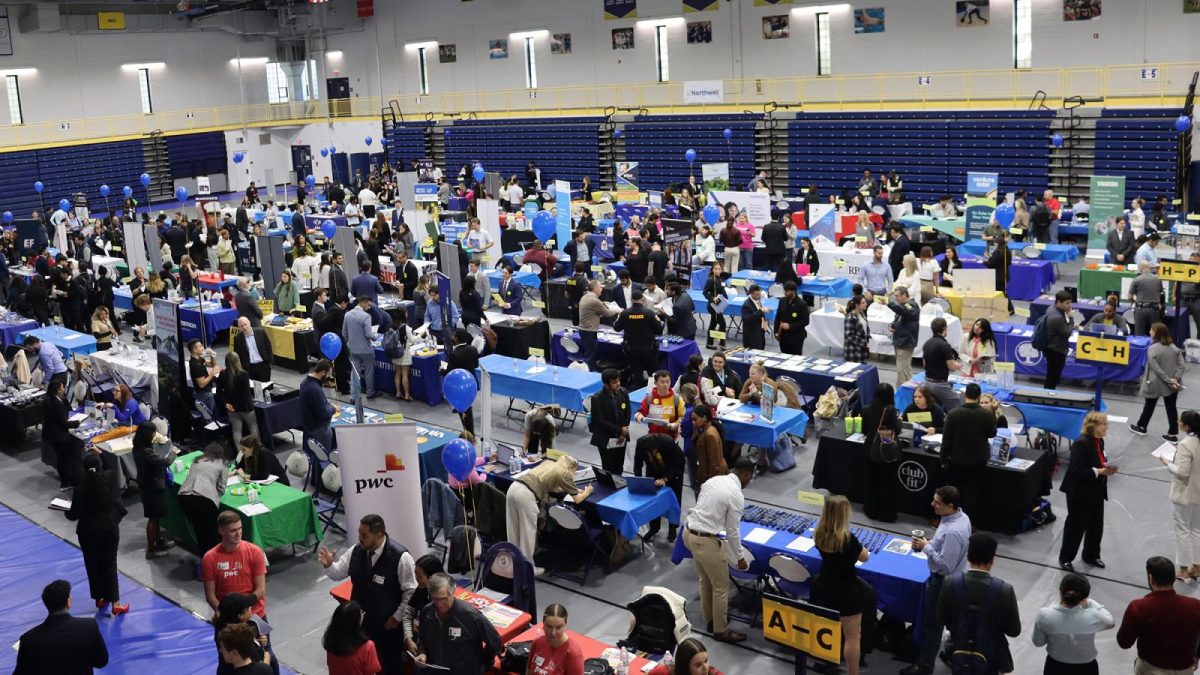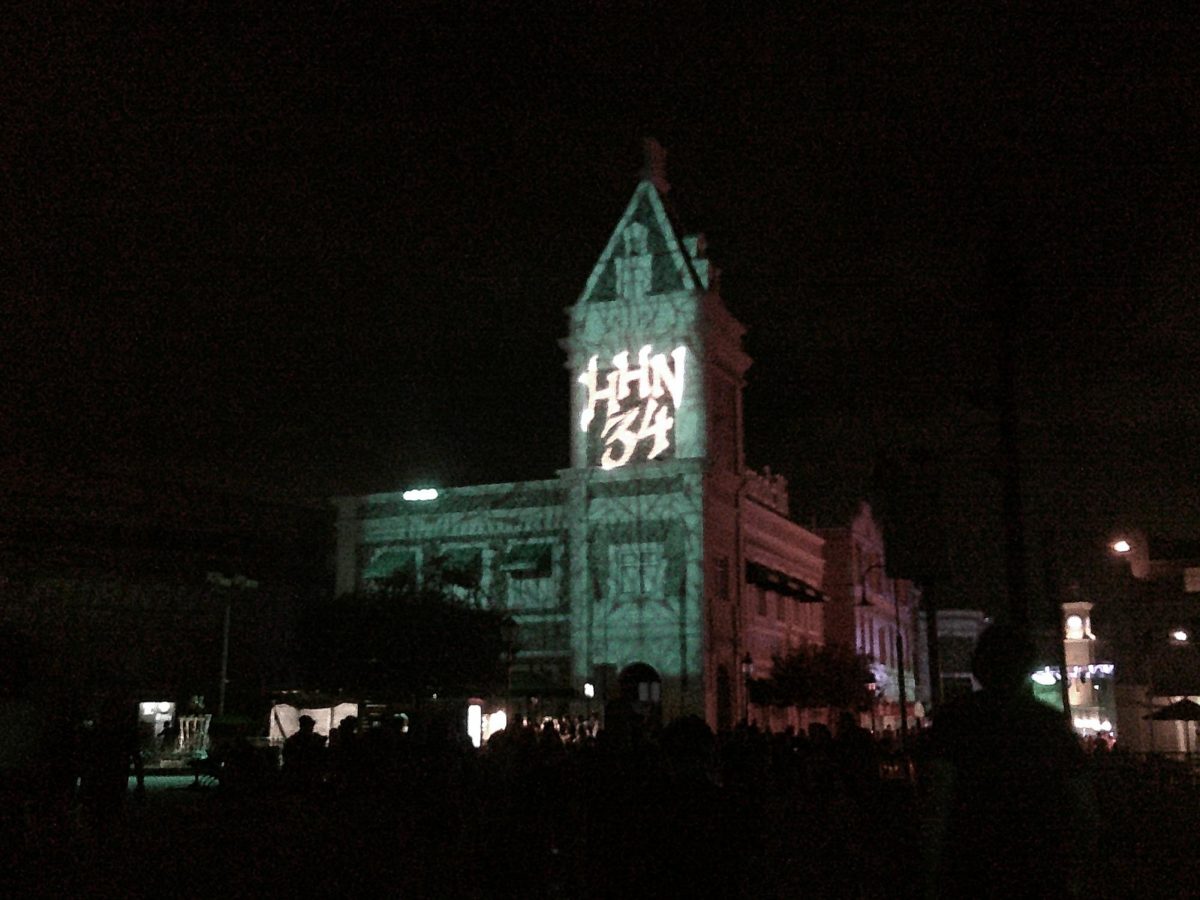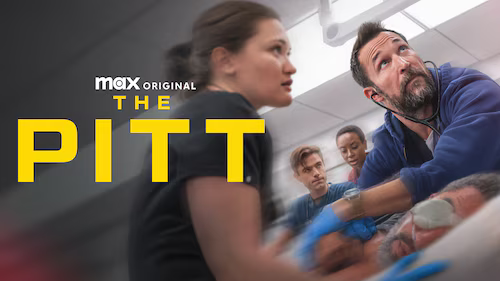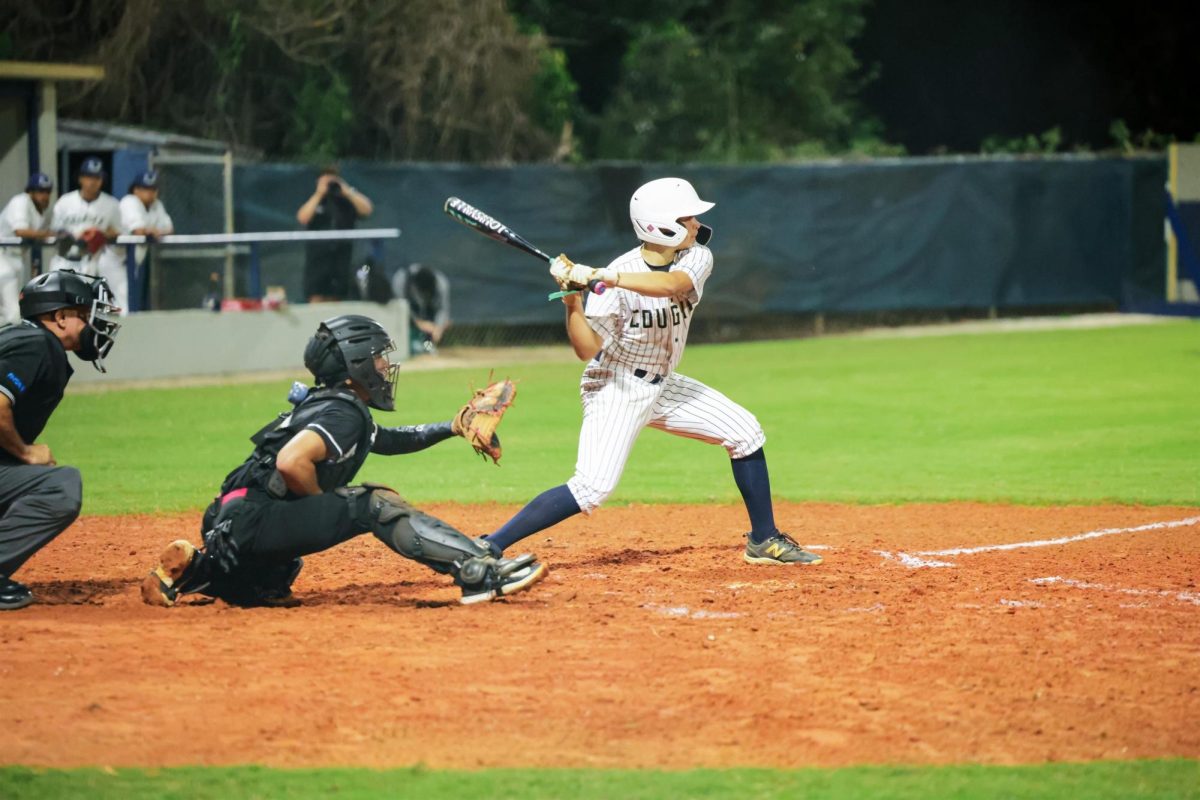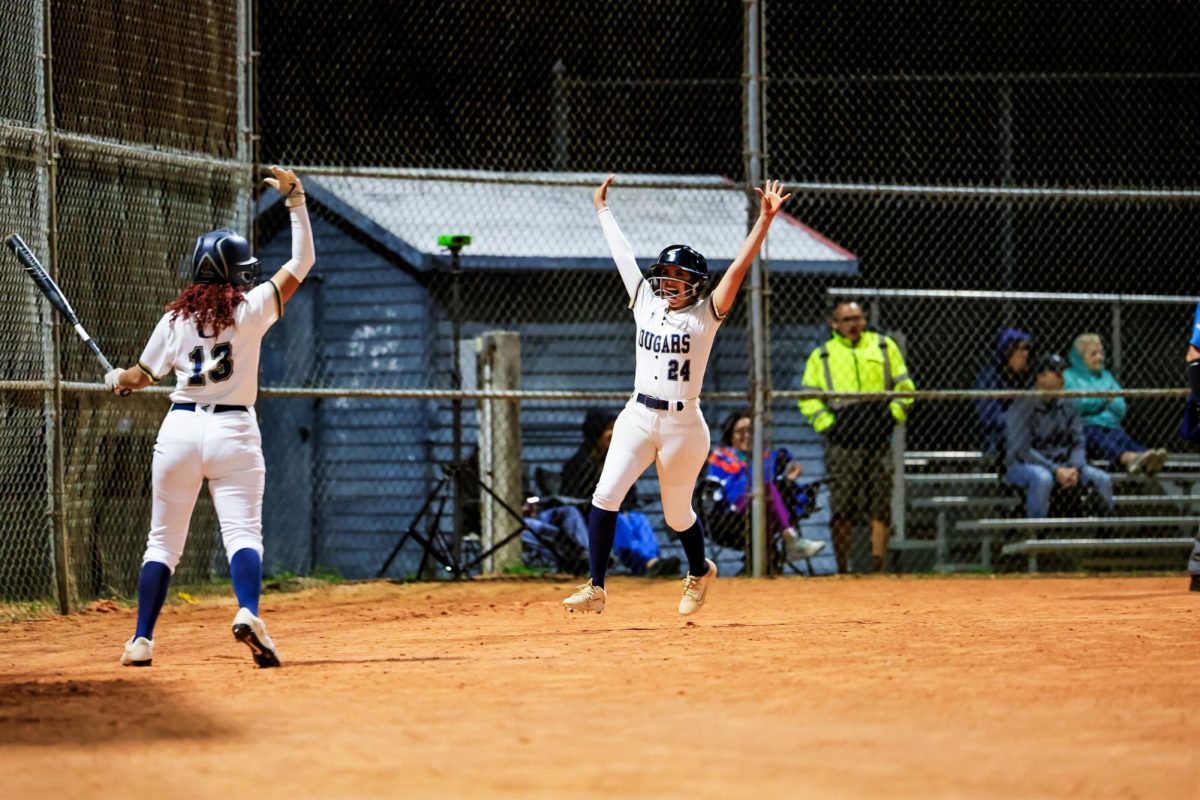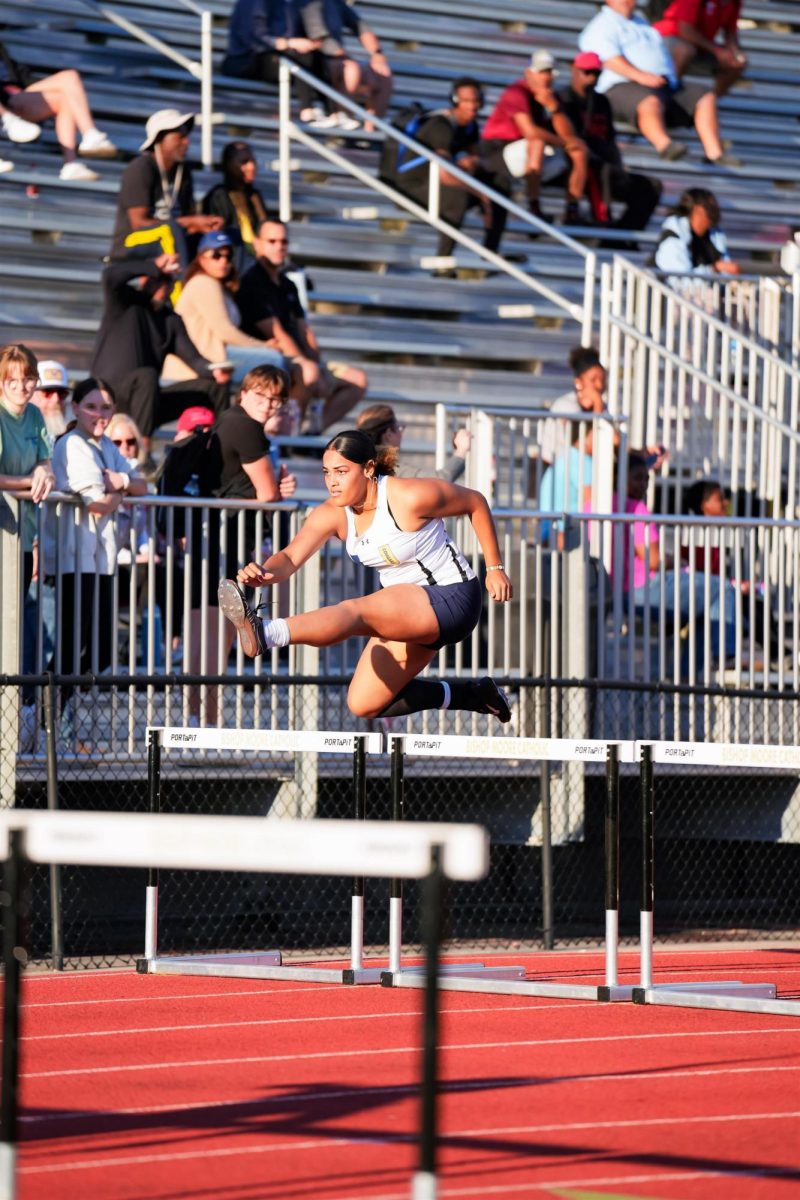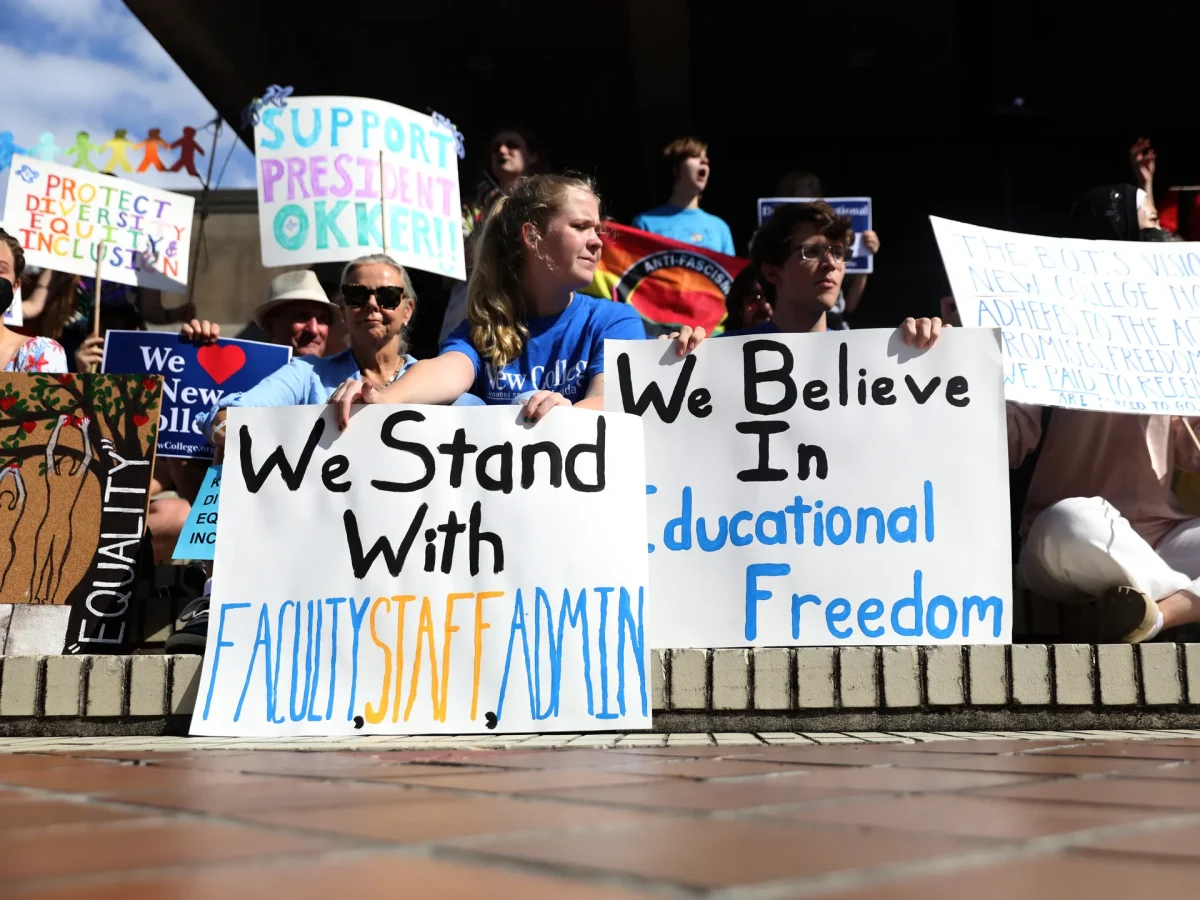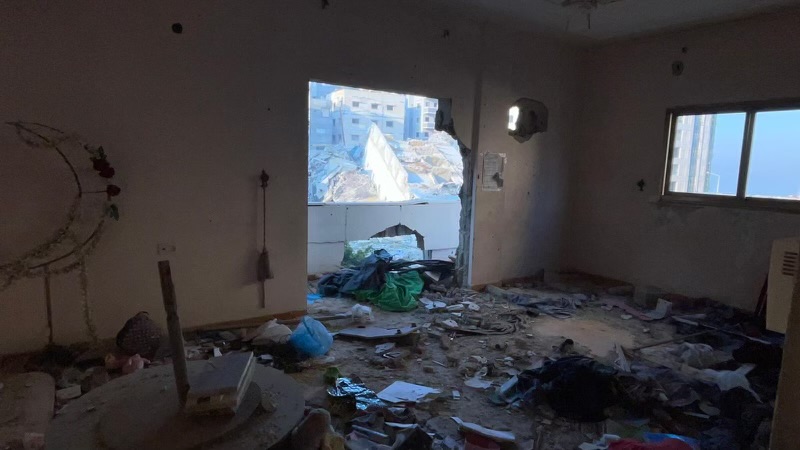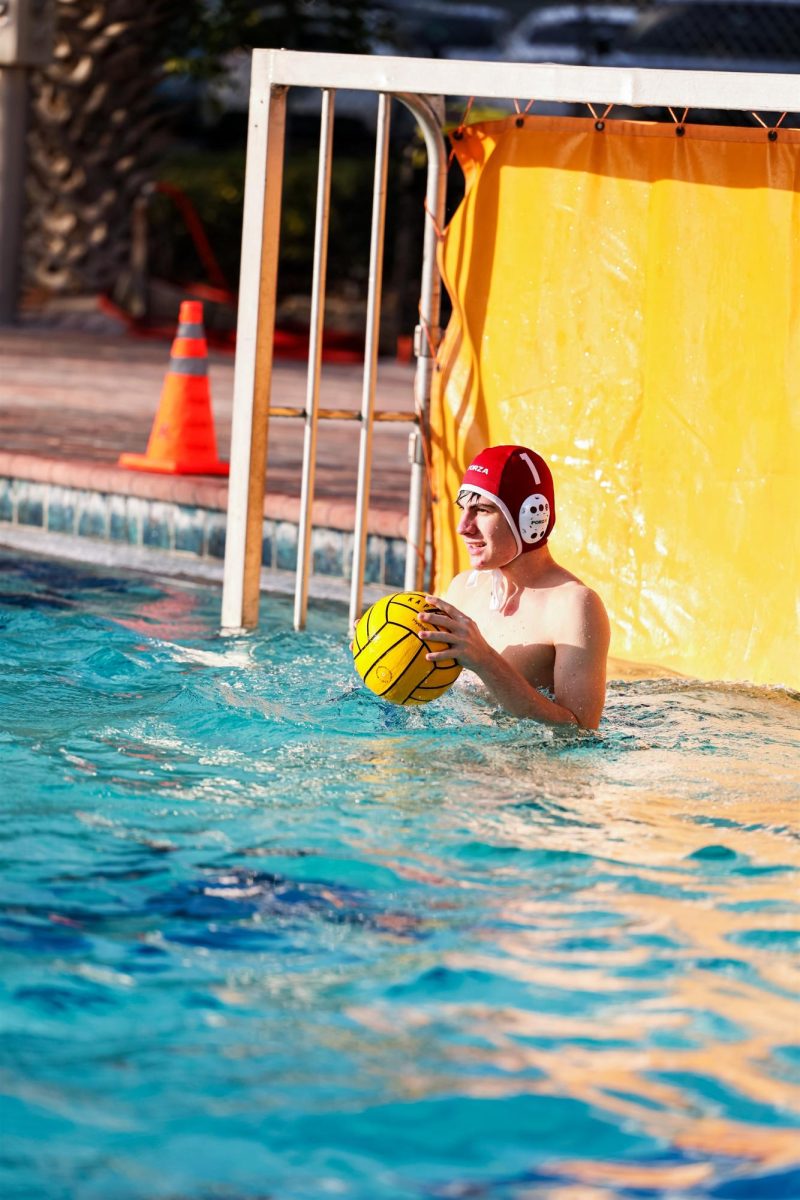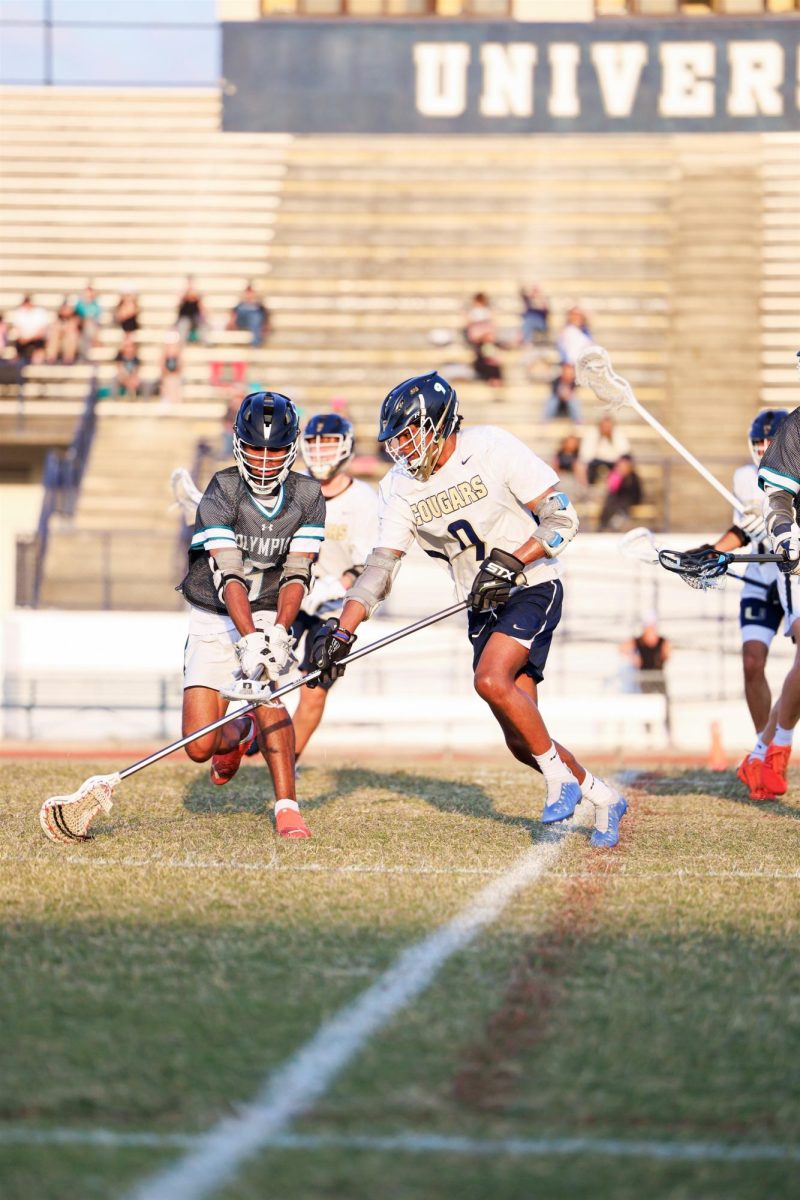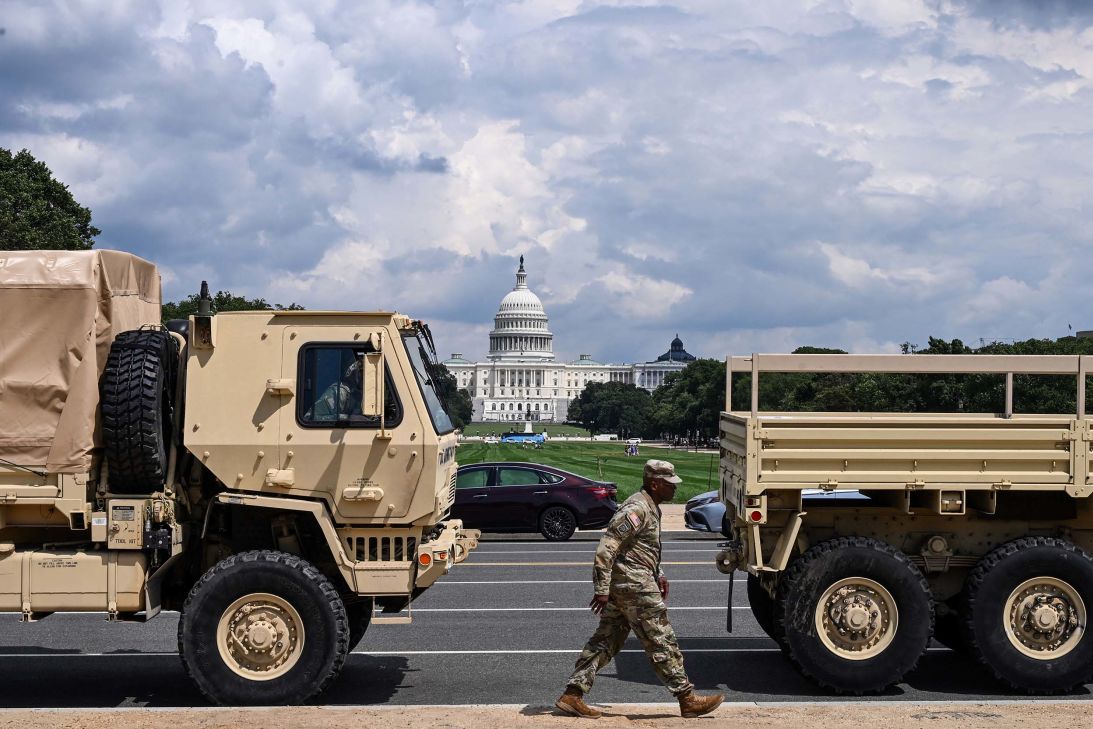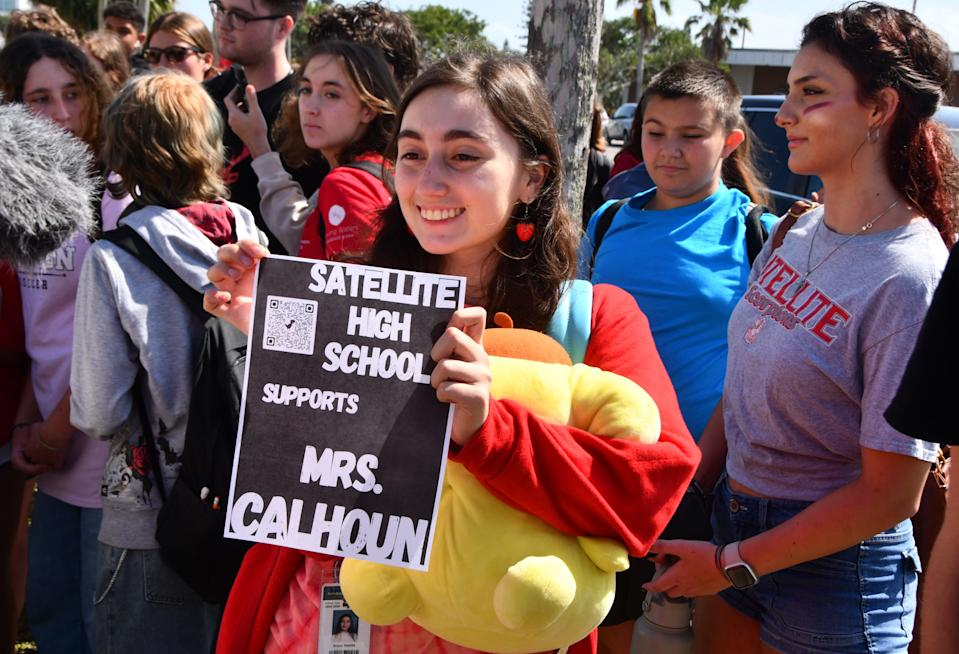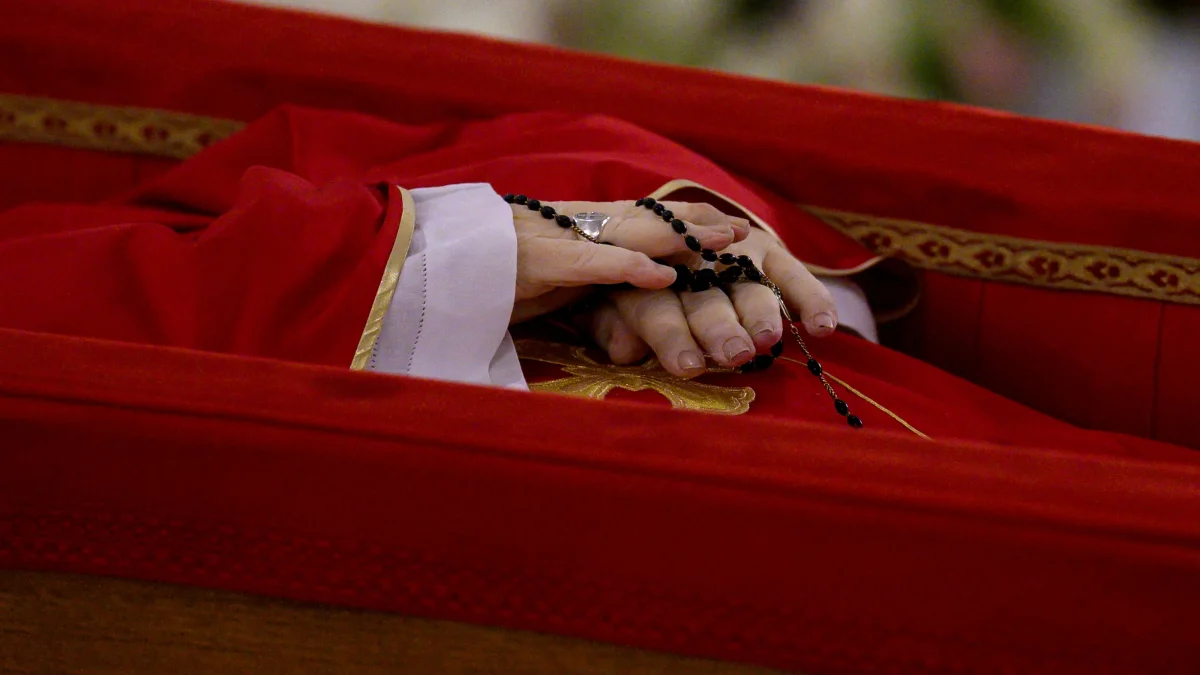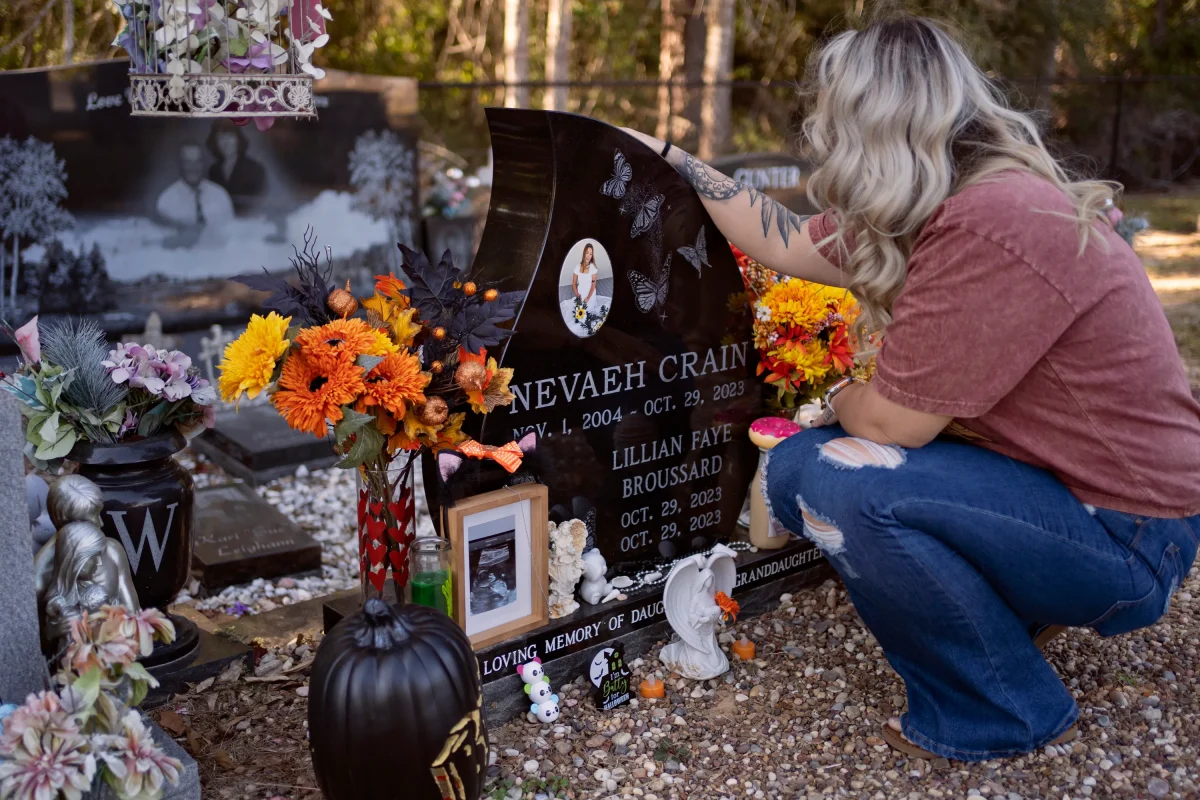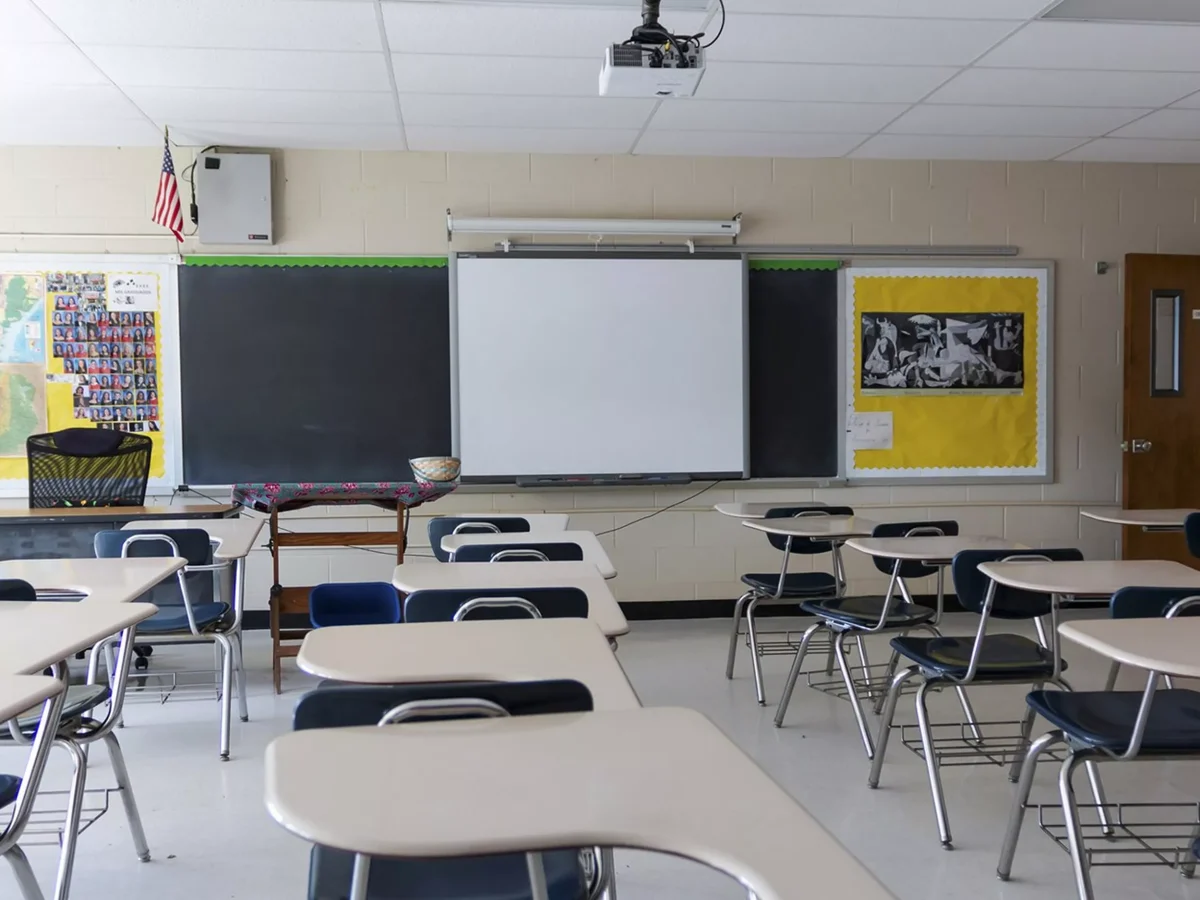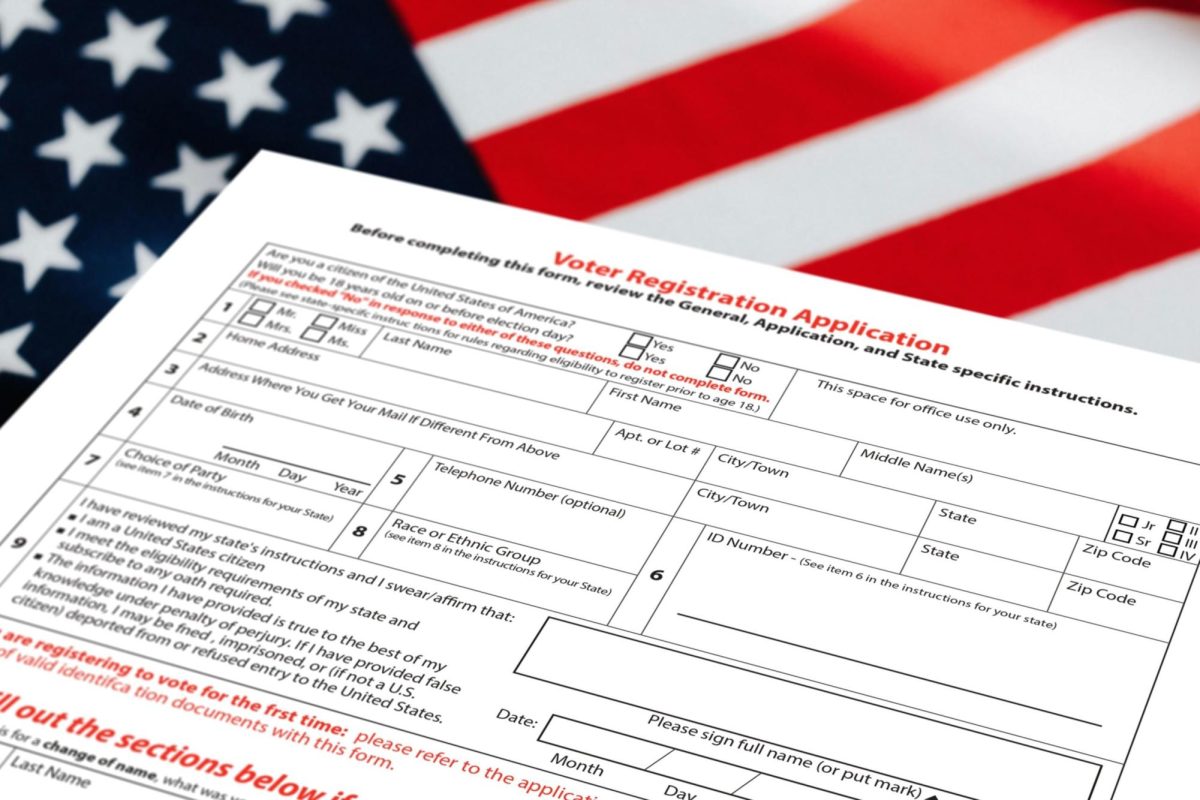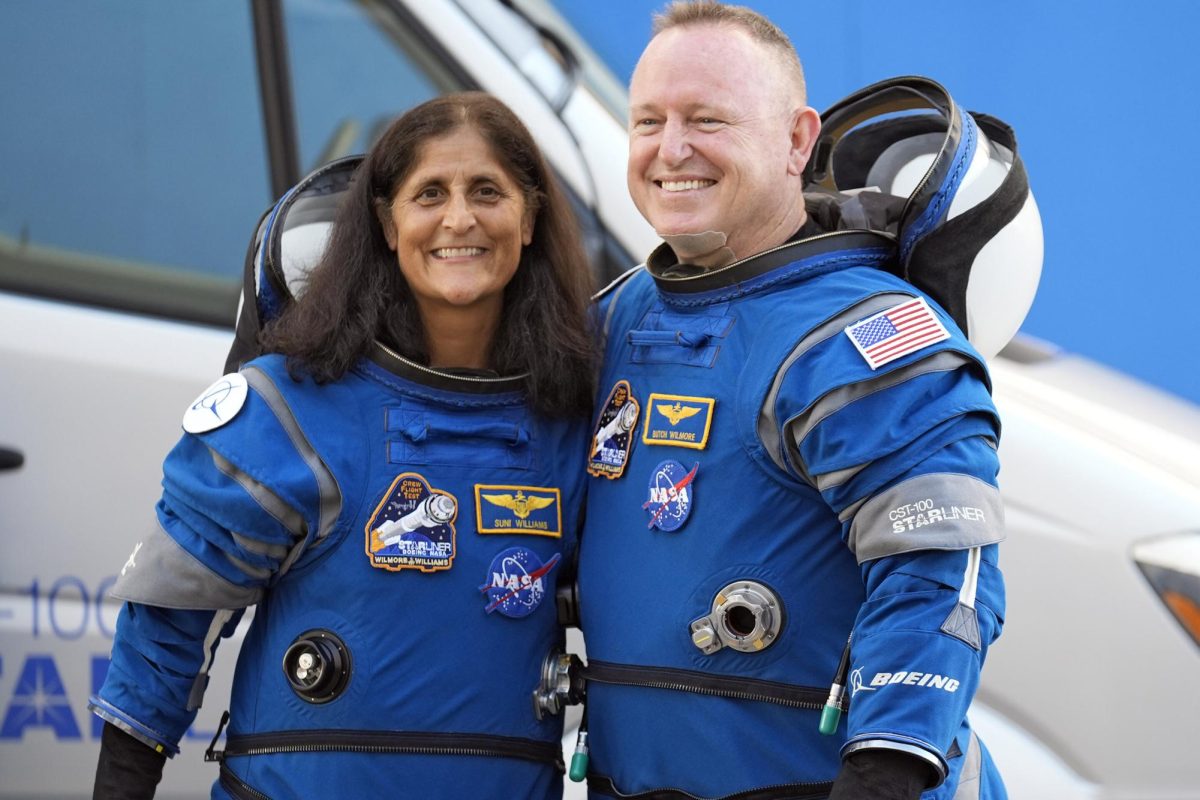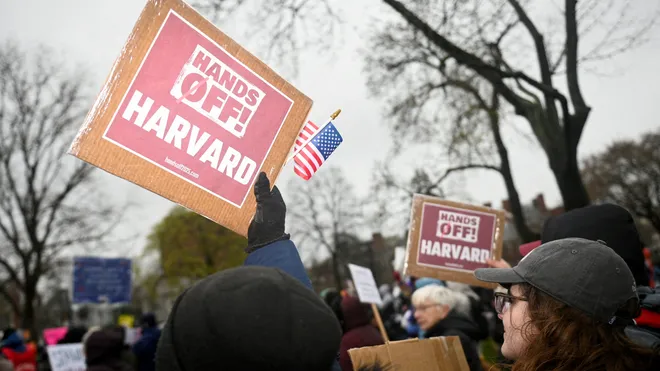The first crewed mission of the Boeing Starliner spacecraft was launched on June 5th, 2024. Mechanical complications have left the two astronauts, Barry Wilmore and Sunita Williams, stuck aboard the space station for months longer than anticipated. NASA declared that it was too risky in August to bring the two astronauts back to Earth in Boeing Starliner spacecraft as planned. They have been stuck at the International Space Station since the beginning of June.
The cause of this delay is thruster failures and helium leaks within the new capsule which disrupted their trip to the space station and left them in a holding pattern for months. Mission managers were aware of the leaks even before the spacecraft had launched but decided that they were unlikely to affect the flight or the astronauts’ safety. Since the propulsion system (the machine that produces thrust to push an object forward) was stable and the helium leak rates had not increased in a way where it could jeopardize a return trip back to Earth. Unfortunately this issue intensified during the flight. The Boeing Starliner spacecraft was not ready to be launched yet.
Both astronauts have previously completed two long duration missions in space and have understood the risks of the test flight, including being aboard the station longer than planned. The Boeing Starliner was a major setback since it had already been delayed for several years because of problems with the spacecraft’s development, even before the crew was launched in June, the Starliner program was more than $1.5 billion over budget. Barry (Butch) Wilmore and Sunita Williams are both supported with the plans for their return and will be carrying out scientific work, space maintenance and maybe doing some “spacewalks.” “We are executing the mission as determined by NASA, and we are preparing for a safe and successful un-crewed return,” said Boeing.
This extended time in space has raised some serious health concerns. Prolonged periods in it can negatively affect your eyes, cardiovascular system, bone density and cognitive health. There is a threat to the DNA of the astronauts and the prolonged exposure to space radiation can destroy red blood cells. According to NASA conducted studies in six-month space missions, bodies were destroying 3 million red blood cells per second, that is more than what our bodies destroy on earth which is 2 million per second. This has contributed to speculation over the adverse health effects the two could experience.
After 3 months, NASA had concluded the two astronauts will have to wait until next year in February to have a ride home back with the SpaceX spacecraft. The mission that was supposed to be a weeklong test flight for the pair will now be more than eight months. The Starliner capsule was empty when it was undocked on September 7th, 2024 and landed in the New Mexico desert. The empty capsule had traveled in autonomous mode after undocking. They were supposed to fly Starliner back to Earth around mid-June but the cascade of thruster trouble and helium loss made it ultimately too risky for them to return in their current state.
